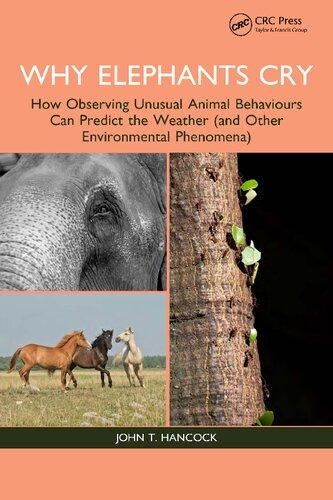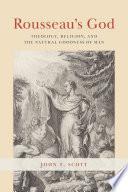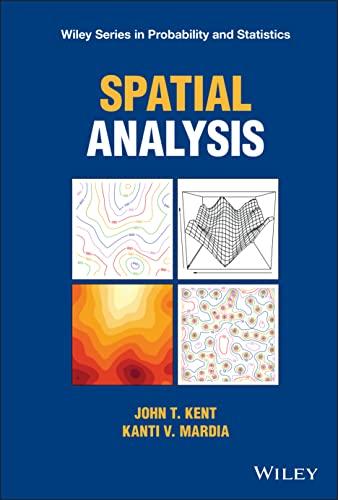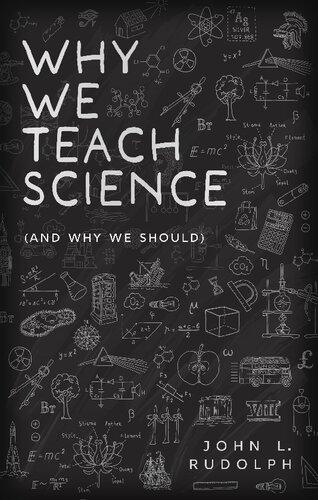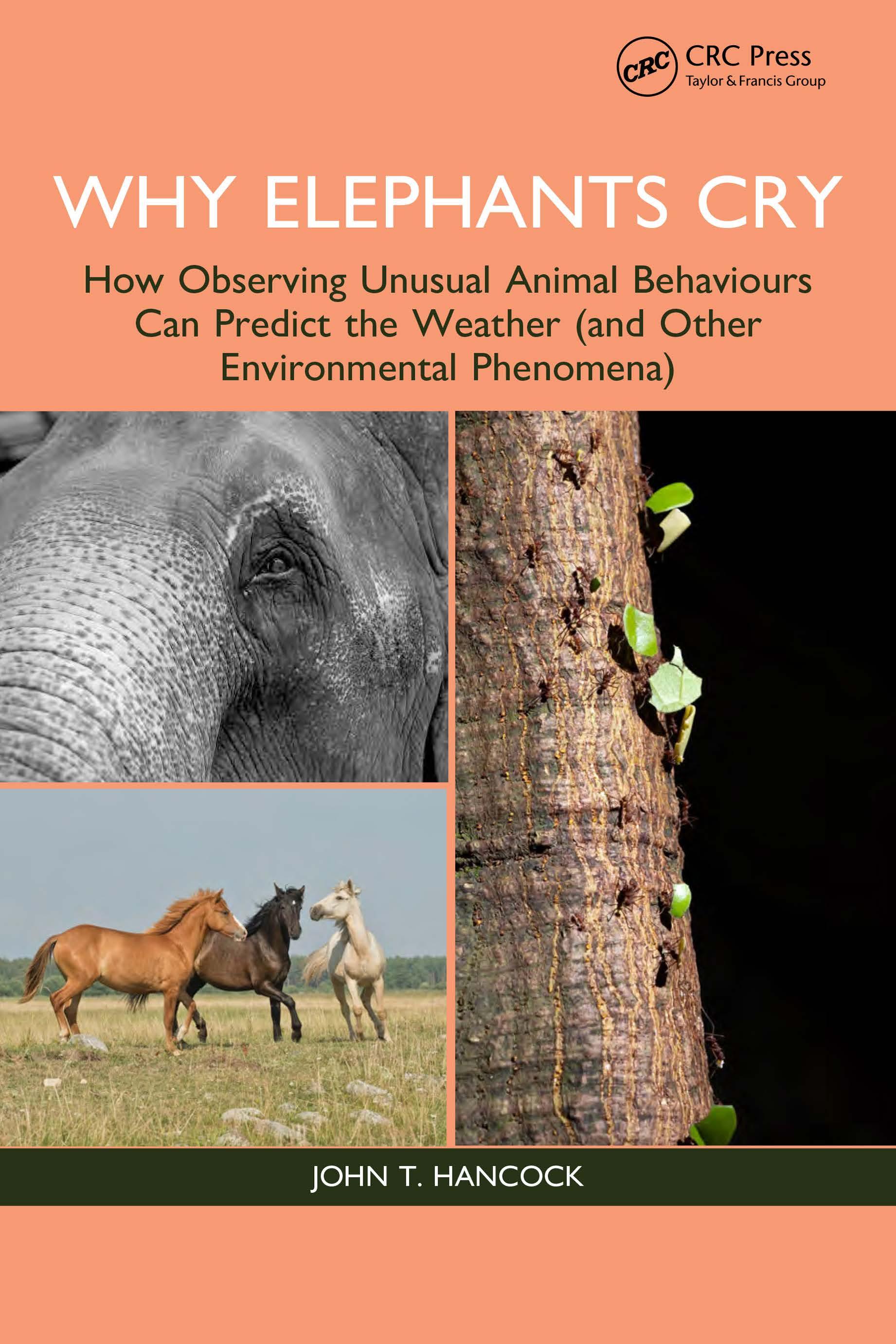Introduction
1.1 Introductory story
The woman was keen to leave. The sky was clear and the wind light. She had promised that she would take her kids to her sister’s house for dinner, but it was a long walk up the side of the mountain. She knew that her son and daughter would both object. The path was steep and at this time of year it would be muddy and slippery. However, a promise was a promise, and she knew that her sister would have made an effort to ensure that there was plenty of food. No doubt she would have got treats for the kids too.
“Come on,” she shouted up the narrow stairs. “We’ll be late.” She opened the front door and then abruptly stopped. A small flock of gulls was whirling overhead, but they were inexorably heading inland. The woman turned to look out to sea. A few fishing boats circled around below her, probably being instructed by the huer on the cliffs, looking down to see where the best fishing spots were. The horizon was clear and sharp. There were no signs of any clouds looming from the southwest, the direction of the prevailing weather.
“Put on your stout boots and a raincoat,” she instructed the children.
“But it’s lovely and sunny,” her son replied, grumpily.
“Storm on the way,” the woman replied, but gave no explanation of her assertion.
“But-”
“Just behave and come,” she said sternly. Her son pulled on his heavy jacket and stomped towards the back gate.
It took them nearly ninety minutes to reach her sister’s house. All of them were hot and sweaty by the time they arrived.
“You look as though you could do with a cool drink,” the sister greeted them.
“Why the rain gear?”
“Storm on the way,” the woman repeated.
“You doing your own forecasting again?”
“Gulls. They never lie.”
“Right!” the sister said, laughing.
As predicted the dinner was amazing considering that the whole family was poor. A young lamb had been slaughtered, and vegetables straight from the hillside garden were crisp and fresh. But as the kettle started to boil there was a loud crack of thunder. It was going to be a wet and cold walk home.
1.2 Predicting our environment
It is not uncommon for people around the world to be watching the weather. Weather can dominate our lives. What do we wear? Is it going to rain? Do I need sun cream? Can I plant my crops? Do we need to batten down against the coming storm? Will the boats need to be moved as the sea is about to get rough and anything left on the beach will be washed away? The questions could go on, and will be different depending on your location or which people you are with. But wherever you are in the world, the weather can have a profound effect on human activity.
It is not only the weather, but other environmental factors which can have a significant influence on people’s lives. The damage caused by an earthquake, or the onslaught of a tsunami, can have effects which last for years, or decades. The eruption of Vesuvius wiped out Pompeii and the surrounding region, now a world-renowned archaeological site. The population and communities there never recovered. The future of similar regions in the world may be secured only if such catastrophic events can be predicted and mitigated.
It is not strange to hear people say things about the weather such as, “Change is on the way,” or even “Close tonight.” The latter would be a prediction of a storm arriving, usually imminently. It appears that there is something which we are sensing that predicts the change in weather, but such phrases are often muttered in a sarcastic manner or with a sense of cynicism.
Humans are animals, but we seem in general to have lost the ability to use our senses to predict environmental changes, or we simply think our senses are of no significance. Yet we often turn to other animals to predict the changes in the weather. Again, this is often couched in cynicism. When the cows lie down, people comment and laugh. When birds circle, insects run or gnats fly low, people chuckle and take no notice. The chapters that follow attempt to bring such observations together and ask “Is there anything that should be taken seriously here?” Why is it that cultures around the world observe their environment, including the activities of animals, to predict their futures? What are they observing, and, importantly, does it work? Are predictions accurate, or of no consequence? If animals are
changing their activities for the oncoming changes in their environment, what are they sensing? Is there a biological, underlying molecular (biochemical) mechanism, which can underpin the changes in animal activity that we see? Why are animals doing it? Is it to their advantage? Can we use animal activity more to predict the weather and other environmental changes? And if we can understand the underlying biochemistry that allow animals to sense the environment, can we build that into the technology of the future?
1.3 Technological and biochemical approaches to measuring the environment
Why, I hear you ask, do we need animals to observe our environment when we have developed, and continue to develop, clever technology-based tools to do it for us? This is a good question. As discussed later, humans have invented an array of such tools. Instruments for measuring the weather include thermometers, barometers and rain gauges. Seismometers measure earthquakes and we have ever-increasingly expensive telescopes for staring into space. Satellites stare down at us, while massive super-computers crunch all the data and give us weather forecasts. There seems little place left here for observing a few animals.
The technologies used in weather and environmental monitoring will not be dealt with in detail here, but some of the history and use of these tools will be covered in consequent chapters. Having said that, if our expectation is that animals can take the place of this technology, they must be able to do the same sensing (or equivalent). If such organism sensing systems exist, they must have evolved from our distance ancestors, and there must be a defined mechanism in these organisms. In some cases, such mechanisms have yet to be defined.
As a working scientist I always think there are two main reasons people like me do what we do. Many will say that it is because of the impact that our work brings to society, and this was certainly brought to the forefront of peoples’ minds when many scientists (and others) were applauded for their work on bringing us COVID-19 vaccines with surprising rapidity. However, many scientists get drawn into their world by sheer inquisitiveness. There is a great desire to simply understand how the world works. They will ask questions about the behaviours of animals. Why do certain species have particular activities, and what is the benefit? And if we can understand why animals behave as they do, what can we glean from those observations which is useful to us?
As a biochemist it would be good to know what animals – and plants –can sense. We tend to anthropomorphise our ideas of what other species
can do, but there are many aspects of an organism’s sensing that we simply do not understand. Much work has been carried out on humans and human tissues, and that is fully understandable as we race to find new drugs and cures for disease. But what do we know about other species? A dip into the genetic databases1 around the world would make you think there is a huge amount known. Genes for a wide range of organisms are listed. For some organisms, whole genomes – that is all the genes in that organism –are known. But a deeper look will reveal how many of the genes code for ‘hypothetical proteins’, for which no definite function has been found. Other unknowns include ‘orphan receptors’, which appear to be sensing proteins, but no one actually knows what they sense. Furthermore, looking for specific genes will quickly show you the limit to the number of species represented. In a recent paper on susceptibility of animals to the SARSCoV-2 virus (COVID-19), several genes could not be included as they were not in the database. 2 It has been estimated that on Earth there are nearly 9 million eukaryotic species (and there are millions of prokaryotes too), with a startling 86% of land species yet to be described (as of 20113), let alone have their genomes sequenced.
So how do organisms sense things around them? A better question is: how do cells sense what is around them? All cells need to know what their environment is like. Do they have enough nutrients? Are they in the presence of toxins? Are other cells telling them to do a particular activity? In humans, like other organisms, our cells sense their environment with proteins called receptors. These are often embedded in the membrane which makes up the surface of the cell: the plasma membrane (sometimes called the cell membrane). The receptors face outwards and often have several sections, or domains. One of these domains will sense, often bind to, the thing which they are there to sense. There is then a domain which runs across the membrane to the inside surface, where a third domain does something to tell the cell that the receptor has been triggered. Imagine you were at the door of an office. Someone came along and gave you a message for the person in the office. You might read (or listen to) the message (you are acting like an outside domain). You then turn into the office 4 – acting like the domain running through the membrane. You are in the doorway after all, which is effectively part of the office wall (or cell membrane). You will then tell the person in the office what the message was, acting like a domain on the inner side of the membrane. Hence, the message has travelled from the outside of the office (or cell) to the inside, where it can be acted upon. Much of the sensing of cells will rely on such a system. The details may be different – there are several classes, or families, of receptors – but the principles are the same.
Receptor systems are vitally important for the perception of a host of molecules which bring instructions to act to cells. These include hormones, such as insulin, so vital in glucose levels and diabetes when it all goes wrong. But there are a wide range of hormone-like molecules, including the cytokines,5 which are instrumental in the control of our immune responses, as well as chemokines and pheromones (molecules transmitted between individuals of the same species).
Some receptors are not on the cell surface, but they reside inside cells. A classic example of this is the steroid receptors. Topical steroids are often used for skin conditions, for example, but steroids often get bad press in sports. Many molecules do not use what would be referred to as a receptor system. A good example is the gas nitric oxide, whilst many toxins would be deemed to work in the same manner. However, in all cases, there is a direct interaction with the thing which is being sensed and some component in the cell. This even applies to light, which interacts with proteins in the eye, or the proteins in the leaf of a plant. In all cases, there has to be something which senses the presence of the thing which needs to be detected, and there must be a downstream6 mechanism to initiate an appropriate response. Without such mechanisms cells would not maintain the correct functions and would not thrive.7 Without detection and the correct responses, humans would not be able to determine food which is rotten, detect smoke from fires, smell the lion which is about to eat you. Automatically, cells are responding to pathogens and toxins, and we do not even realise it most of the time. All these perceptions and actions are keeping us alive. When it goes wrong, we are in trouble, and a myriad of diseases may result, including cancer. It is worth noting that 34% of drugs approved by the US Food and Drugs Administration (FDA) in 2017 were targeted to one class of receptors, the so-called G-protein coupled receptors. This highlights how important such proteins, and the perception capabilities they bring to the cells, are for the health of the organism.8 It is the presence of a receptor-type mechanism which is key to any organism being able to sense what is happening around itself. Therefore, if a bird takes flight, what was it sensing? More importantly, a question which needs to be asked is: does the animal have the capability (receptor mechanism) to sense that thing, be it a sound, light, vibration etc? If the animal cannot sense the environmental cue, it will not respond. It may see other animals responding and decide to do the same, but it would not have directly been sensing the original trigger. In much of the discussion that follows, the exact mechanisms of how animals are sensing the environment is the missing detail. This may be because the mechanism simply does not exist, and therefore the animal cannot sense what we think it can. Or we have yet to discover what is happening. After all, biochemists still have a
huge amount to unravel. Just because we do not yet understand does not mean it does not exist.
A couple of examples may be worth a passing note here. There is a growing interest in the use of hydrogen gas (H 2) in both medicine and agriculture. It is said to improve the condition of patients in a multitude of diseases, and it is reported to improve plant growth and crops. And yet how cells perceive hydrogen is not well understood.9 After all, it is a relatively insoluble and inert gas. Eventually this puzzle will no doubt be solved. In the world of plants, mechanical perception is gaining ground.10 This is important for how plants grow and manage a mechanical environment, such as the soil. Prince Charles11 (of the UK) was famously criticised for saying that it was good to talk to his plants,12 but it appears that plants can perceive sound and respond to it, including music.13 A biological response to music is often referred to as the Mozart Effect,14 but exactly what the mechanisms are is not well understood. There has been cynicism to animals predicting the weather and a similar perception of people playing music to their plants. Both may simply be because we are yet to unravel exactly what is happening in these biological systems.
For many, observing animals and trying to decide if it is going to rain is a trivial pursuit. However, for many places in the world, using animals is embedded into peoples’ cultures, and has a pragmatic use. Furthermore, if the molecular basis of animal behaviours can be determined, can that knowledge then be used to inform the generation of new technologies?
1.4 Why animals may alter their activities with environmental change
If we can observe the behaviour of animals and then make predictions about our environment, can we understand why are the animals behaving this way? The biochemistry of any organism only has one role. All organisms need to survive, get to reproductive age and then ensure the survival of their offspring. This was nicely summarised by Richard Dawkins when he wrote The Selfish Gene 15 Here, he argued that the organism had no consequence, per se, as long as the genes survived and were passed on to the next generation. It was the ongoing persistence of the gene that mattered, not the organism, which was simply a conduit for the gene. The genes, in the form of DNA, are packed in the cells of the organism, regardless of whether they are single-celled, multi-celled, prokaryotic or eukaryotic, as the principles are the same for all. The DNA can be reproduced by the cells’ internal machinery, being produced by an enzyme called a polymerase.16 In eukaryotes this takes place in the cell nucleus, but in prokaryotes it is
simply in the cell. Therefore, copies of the DNA, and hence genes, can be given over to the next generation.17
Regardless of whether we consider the organism or the gene as the thing that needs to survive and reproduce there are many strategies to do this. Many plants, and even many animals, simply play a numbers game. If a plant produces enough seeds the fact that much of it lands on the tarmac of a road and does not survive, does not matter. Getting crushed or dried out, it makes little difference to the survival of the species as enough lands on fertile ground and survives, so creating the next generation (and the perpetuation of the genes). However, many animals do not have this luxury. Producing too many elephants on the off chance that some may survive is not a good strategy. It is too biochemically expensive. The production of a large individual such as an elephant, which has a low probability of surviving, would simply use too many resources. Producing a very small number of elephants and making sure that, as much as possible, they survive, is a better strategy. Biochemically it makes sense.
In both scenarios the environment can have a major impact. If there are a large number of offspring, spreading them across a range of environments can be helpful, and we often see seeds blowing in the wind. Some of these will land on tarmac, some on the fertile soil. Some may land with no rain coming, whilst other may fall on the edge of a pond, and so can germinate and survive. However, if you only have one or two offspring, and large amounts of resources have been invested in these individuals, they need to survive to reproductive age. Therefore, parents and their offspring will do whatever it takes to thrive, and if that means sensing and acting on changes in their environment then this would be a good thing to do. It is therefore not a great surprise that animals may be risk adverse, behaving perhaps oddly when they sense changes coming. Having said that, not all animals are risk adverse. Some animals are extremely inquisitive, to the point of putting themselves in situations where they might die. Ackerman describes such activity with birds in her book.18 House sparrows are very good at investigating new environments, particularly those created by humans. A great blue heron (Ardea herodias) was described as experimenting with its diet, eating an elasmobranch (in this case an Atlantic stingray (Dasyatis sabina)), rather successfully.19 However, a brown pelican which had tried to do a similar same thing had died, 20 showing that being adventurous is not always an advantage.
Most animals live in the wild, and many are in captivity as pets or in zoos. In the wild, animals are in complex ecosystems and they need to survive. Most human animals – sadly not all – are living in relative luxury compared to many other animals. We know where we can sleep, where breakfast will be, and how to keep dry. If it rains, we put on a coat, or if
we get too hot, we take if off. Animals cannot do this, at least in the same timescale – of course many animals moult or grow thicker insulating layers, depending on the climate and time of year. Humans even have ways to mitigate disease, with an ever-expanding array of medicines and vaccines. Many animals have no idea where or when their next meal will be. All too often now we see pictures on the television of polar bears on evershrinking ice flows, not knowing where to go and what to do. Are the seals still there and, if not, where is dinner? Such bears may go weeks without food. The imperative in all such situations is to survive and reproduce.
In this hostile environment animals need to survive from birth to reproductive age, and many animals will need to stay around until their offspring are fit and strong enough to survive on their own. Humans are very bad in this regard as organisms, because our offspring are reliant for a very long time. On the open plains an antelope may need to stand and be able to run within minutes of birth. Humans take months, years, to feed themselves. Most animals do not have this luxury. For some leaving the nest is a dangerous time. When a bird first fledges, it often has to be able to fly and escape being eaten if stumbling around on the ground. This similarly applies to bats. Living in a wild environment is a dangerous escapade.
As part of survival strategies animals are likely to become risk averse. If a small bird sees a shadow and thinks that a raptor is hovering overhead, darting away to safety is a sensible thing to do. If that raptor turns out to be an aeroplane, then little is lost, but the bird survives. Do nothing and it may have become something else’s dinner, and future reproduction fails to be an option. Therefore, it is not unlikely that animals are constantly observing and sensing their environment. If they sense danger, they are likely to react. Observation of such activity may be useful, but often it may be a waste of time, and such uncertainty plays into the scepticism of using animal behaviour as a useful tool for weather forecasting or predicting an oncoming tsunami.
Many animals are social organisms, living in communities. One survival strategy is to make sure that the whole group knows of the danger and remains safe. Many herd animals try to use their sheer numbers as an intimidation against attack. Others call out to their companions. Birds may call out to warn of danger, or even launch an assault. Recently I have seen both “black birds” (probably jackdaws or crows) and gulls attacking a raptor on the wing above my garden, trying desperately to move it away, I assume from the site of a nest and hence their young – we have a lot of jackdaws in the nearby trees. Elephants will call out in times of distress and to signal danger. There are many other examples across the animal
kingdom. Changes in the environment may be the cause of such distress, with unusual animal behaviours ensuing. If an animal is signalling danger to another member of their social group, there is no reason why animals of another species may not pick up on these cues and sense that danger is near. In a garden where there are many species of birds, once one is spooked, they all take to the air. Clearly the sense of danger is picked up by the whole group, not just one species. If other animals can use the observations of other species for their own survival, there is no reason why humans cannot take advantage of this ecosystem-based alarm system too. By observing animals for predicting changes in the weather, or an impending earthquake, is that not what we are doing?
It is likely that many of the observations discussed later are part of such a survival strategy. If a storm is coming, it is best to do what can be done to reduce the danger, or damage to an animal’s home, be that burrow or nest. What we might be seeing is a low-risk strategy. Animals act and if danger does not come they have lost little but they have survived. When humans observe this activity and then nothing significant seems to follow, the cynicism seems grounded. However, when a storm hits after the gulls flew over, others will say, “I told you so!” Therefore, many of the observations and anecdotes are hard to take seriously. Here, the following discussion will collect together a range of such observations. In the final chapter, a conclusion will be discussed and, if nothing else, the next time you walk through a cloud of gnats you may consider whether you need to ask why they are there, and it is not just to annoy you!
1.5 Long term, or the here and now
When observing animals, it is worth considering the timescale for which the changes in activity are relevant. Some animal behaviours are simply because they are triggered by the ambient environmental factors present at the time. They are simply reacting to the here and now. Other observations may suggest that something is arriving imminently, in the next few minutes or hours. Yet others might be an indication of what going to happen tomorrow, or even the next day.
The activities that are simply reacting to the present conditions are easiest to understand. The senses of the animal will be reacting to levels of light, or to temperatures. When we say that an animal is restless because there is going to be a catastrophic event in two days’ time, such as an earthquake, it much harder to take seriously, and very hard to understand what the animal is perceiving.
It is worth pointing out that although humans have good senses, they are inferior to those of many animals. We have a range of senses: sight, hearing, smell, 21 taste and touch. This involves specialist cells, in our eyes, ears, nose, mouth/throat and skin. However, such sensing cells have limits to their sensitivity. Our eyes can see what we refer to as visible light, and this will include light with wavelengths from approximately 400 nm to 700 nm. This allows us to see anything which is ‘visible’ – a very anthropomorphic word, as what is visible to us is not the same for other organisms. In our eyes we have two type of specialist cells: rods and cones. The internal membrane of such cells contains rhodopsin, which senses the light. The protein contains what is referred to as a prosthetic group, which is a non-protein part. In this case it is a molecule of 11- cis -retinal which is converted to the all- trans version by light. This leads to a series of biochemical events 22 which result in the stimulation of the optic nerve, and hence a signal back to the optic centre of the brain. In the brain, the signals arriving are unscrambled to give us a view of the world. Rods are good at picking up low-light levels, but do not do colour. Cone cells, with a slight alteration of the biochemistry, are able to sense colour, but they are not so good at low light. This is discussed further later, when discussing the Northern Lights, which we do not see with the bright colours so commonly seen in photographs. The human eye, because of how it is constructed at a biochemical level, has limits to the light it can perceive. Anything outside of these limits simply ‘does not exist’ as far as our eyes are concerned and we do not see them. However, animals may be different. Birds, for example, can sense near-ultraviolet light (wavelength 320–400 nm), 23 whilst on the other hand, snakes may be able to sense infrared light, which they use for hunting at night, as they can then see warm-blooded animals in the dark. 24
The range of sound frequencies which are sensed by humans is also limited. It is commonly said that humans have a range of approximately 29 to 20,000 Hz, although individuals do vary and the high-pitched sound perception drops off with age. In a similar manner to light perception, hearing does not have the same limit in animals. Elephants for example, can sense sound at lower frequencies than humans, down to 17 Hz or even below, and they can hear ‘calls’ from around 2.5 km away. 25 On the other hand, bats are well known for their sound perception which they use as radar. Whilst watching bats drink on the wing from a swimming pool in Catalonia I completely trusted the bats’ radar as they skimmed past my face in the dusk. I was later told, by an academic who is a bat expert, that I was lucky not to be hit, as often even bats can get it wrong. Bats appear to use a range of sonic frequencies in their hunting strategies, and this alters as they approach their prey. Frequencies between 5 Hz and 200 Hz may be used,
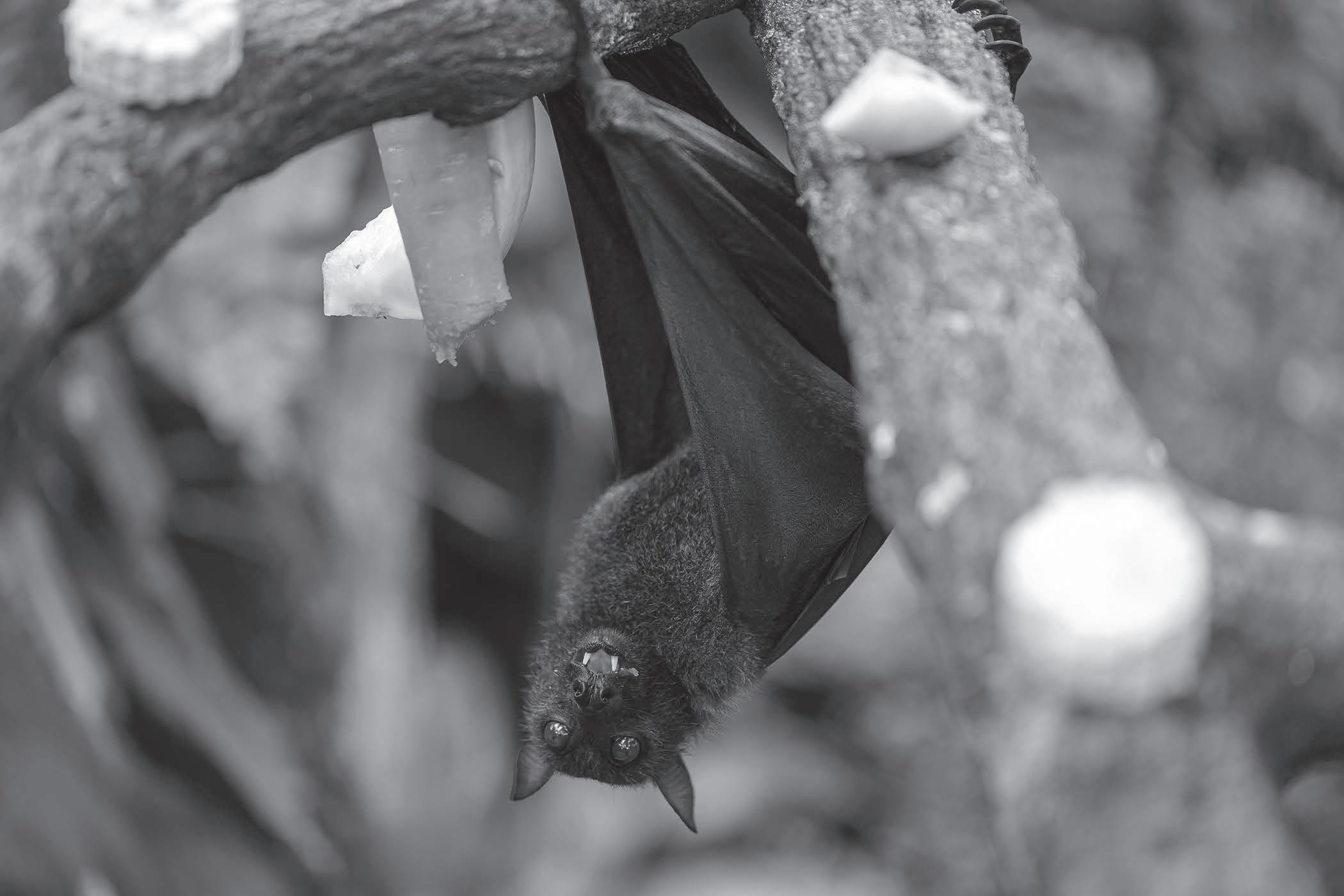
A big brown bat, hanging from a tree. (Sourced from Shutterstock, contributed by Ovidiu Dugulan. Image has been made black and white and cropped.)
as reported for the big brown bat, (Eptesicus fuscus). I certainly did not hear any sound emanating from the bats that whizzed past my ears, but they were clearly using something as they skimmed the water to drink and then dodged me standing in their flightpath.
There is a danger, therefore, to anthropomorphise our thoughts when we are wondering how animals are perceiving factors in the environment which are not available to us. There are clearly a range of things in the environment which we do not see, hear or feel. It is these senses which we need to embrace if we are to understand the behaviour of animals, and also need to consider if we are ever to embed such senses into our future technologies. It is also such senses which may allow animals to predict events which appear to be well in advance. The behaviours of animals may start to alter well in advance to humans sensing anything, either using their own senses or technology available to us. Later the perception of earthquakes will be discussed, and some say that prediction of such events is impossible, and will remain impossible, at least for the foreseeable future. So, what is happening in seismometer zoos in China, used to predict earthquakes well in advance of any perceivable rumblings of the Earth’s crust?
Therefore, throughout the discussion that follows, the idea of what the timescale of behaviour change will be attempted to be clarified. Are animals responding to the here and now, or are they truly predicting the future? Certainly, as we shall see, thousands of lives have been saved in a variety of situations by observing animals, allowing humans to mitigate disaster which would have caused the loss of life. The animals were simply protecting themselves, but the upside of observing them is of possible benefit to humans too. And obviously the longer the warning an animal can give means that we can act in good time before disaster strikes. It takes time to abandon a city, but less time to leave a house or turn the gas-main off. If animals are truly giving a long-range warning, then perhaps less cynicism is needed and we can learn from how animals react to what we cannot see coming.
1.6 Piquing my interest
The practice of watching animals to determine the weather and other environmental events, such as earthquakes, has been carried out for centuries. Some of the anecdotes are hard to comprehend, and many are the subject of mirth. Are there any truths to any of these myths and sayings, and are they underpinned by science? Over the past three decades of reading and discussing aspects of biochemistry, I have become intrigued by this rather underrated area of science. If I told people in the 21st Century that the gulls are flying inland and therefore rain is on the way, they would no doubt pick up their smartphones and tell me that I am talking rubbish. However, not everyone has access to such technology, and it is frequently wrong, or simply unable to predict what is about to happen. My smartphone has two weather apps and they are often telling different forecasts. We are perhaps too reliant on technology, and we are losing some of the old skills that our ancestors used. Maybe it is time to revisit some of these stories and determine if there is any reason to take notice of them.
My interest probably started when I stumbled across Dolbear’s Law, but events in one’s life also have a profound effect. In fact, events are not always remembered for the reasons which would have been predicted before they took place. The event itself may have been fantastic, but something else lingers in the memory, and it might not be obviously related to the star turn.
The date was 11th August 1999. I was heading to Cornwall with my family for a truly once-in-a-lifetime event. It was going to happen at 11:04:09 in the morning, exactly. Miss it and it would not be repeated in the UK until 23rd September 2090. 26
Cornwall (or Kernow, in Cornish) is an interesting place. It has its own language (Kernewek) and many longstanding cultural events, such as the Helston Flora Dance and Padstow’s Hobby Horse. It has its own cuisine, exemplified by the Cornish pasty and saffron buns, 27 but accompanied by other local foods such as Cornish Yarg (a cheese28) and even an ongoing dispute about whether jam or cream goes on a scone first (jam first, the Cornish way, is correct, despite what they say in Devon!29). The coastal regions are beautiful, with rugged cliffs and long sandy beaches, and attract tens of thousands of tourists every year. Surfing is popular with wide waves often rolling in, especially on the north coast. The inland regions are scoured by the numerous mining industries which included the extraction of tin, copper and even arsenic, particularly in the west of the county. The old granite engine houses are famous around the world. The central area of the county has been turned into opencast mines and piles of white sand from the clay industry. I can still remember when the rivers ran bright white from the outfall of these mines, with some of the beaches being formed by the sand that was washed down to the sea, such as at Crinnis. 30 Such mining industries led to Cornish engineers and scientists becoming world renowned, such as Richard Trevithick (1771–1833)31 who invented the first high pressure steam boiler and then the first steam engine to run on a track (called Catch Me Who Can 32), amongst other things, and Sir Humphry Davy (1778–1829), 33 who invented the mining safety lamp, again, amongst many other things. His prowess also included writing poetry. However, none of these features of the county were forefront in the minds of the thousands of people who were flocking over the Tamar. 34
We joined the queues on the A30 and headed to my parents’ house. I was born in St Austell (mid-Cornwall), and went to school there, only leaving to go to university. 35 But well before the important moment approached, we drove up the hill to get a better view of the main event. We parked off the by-pass and stood on a grass bank, giving us a commanding view of St Austell Bay. We could see the Gribbin Head promontory to the left and had a view out towards Trenarren in the west. In the front of us was the urban sprawl of Holmbush and Carlyon Bay behind that. The weather was a little touch and go, with some cloud, but we were hopeful. At least we had the best chance, having such a wide view out over the English Channel.
As the time approached, we could see the darkening of the sky approaching from the west. Gradually the sun was obscured, and we were plunged into the gloom. It was not totally dark, but it was much nearer to nighttime than daytime. It was quite eerie. The atmosphere was quiet and noticeably cooler. But the inexorable happened, and the dark shadow of the moon moved east as the elements of the solar system continued on their
